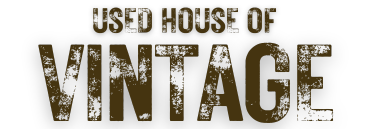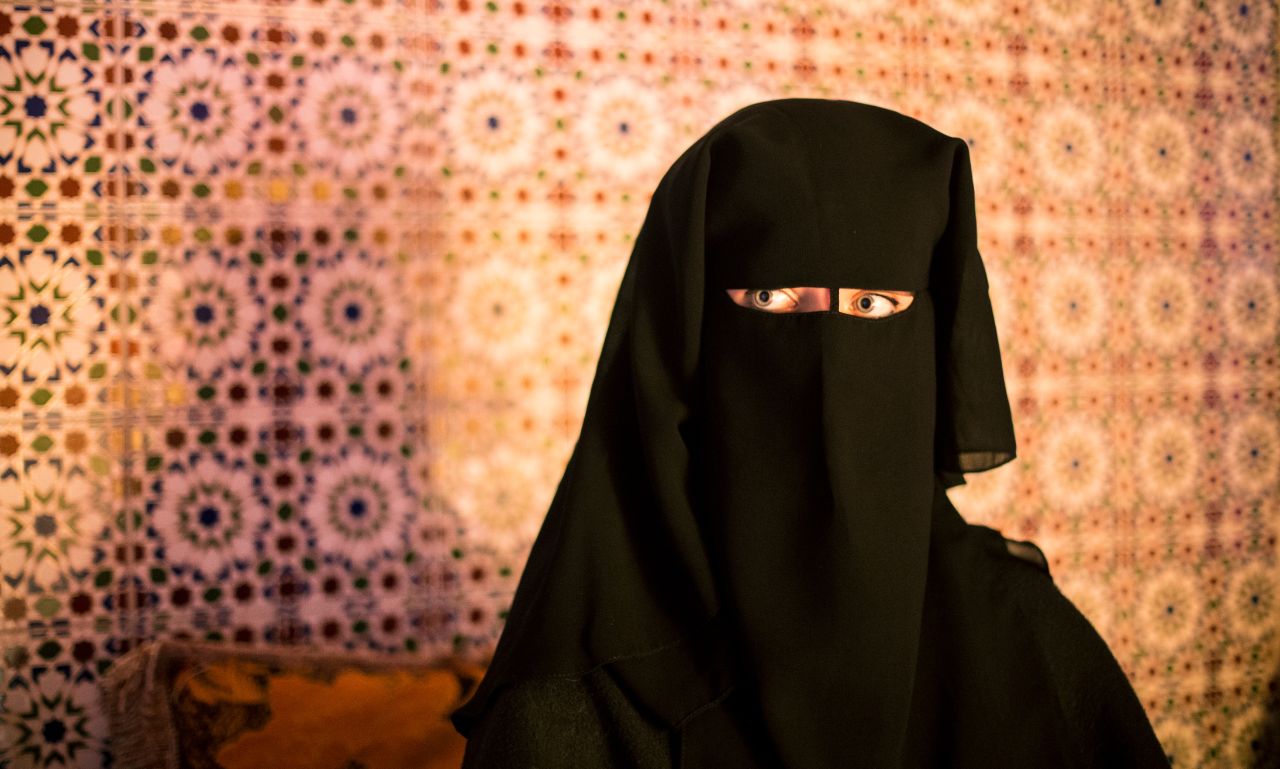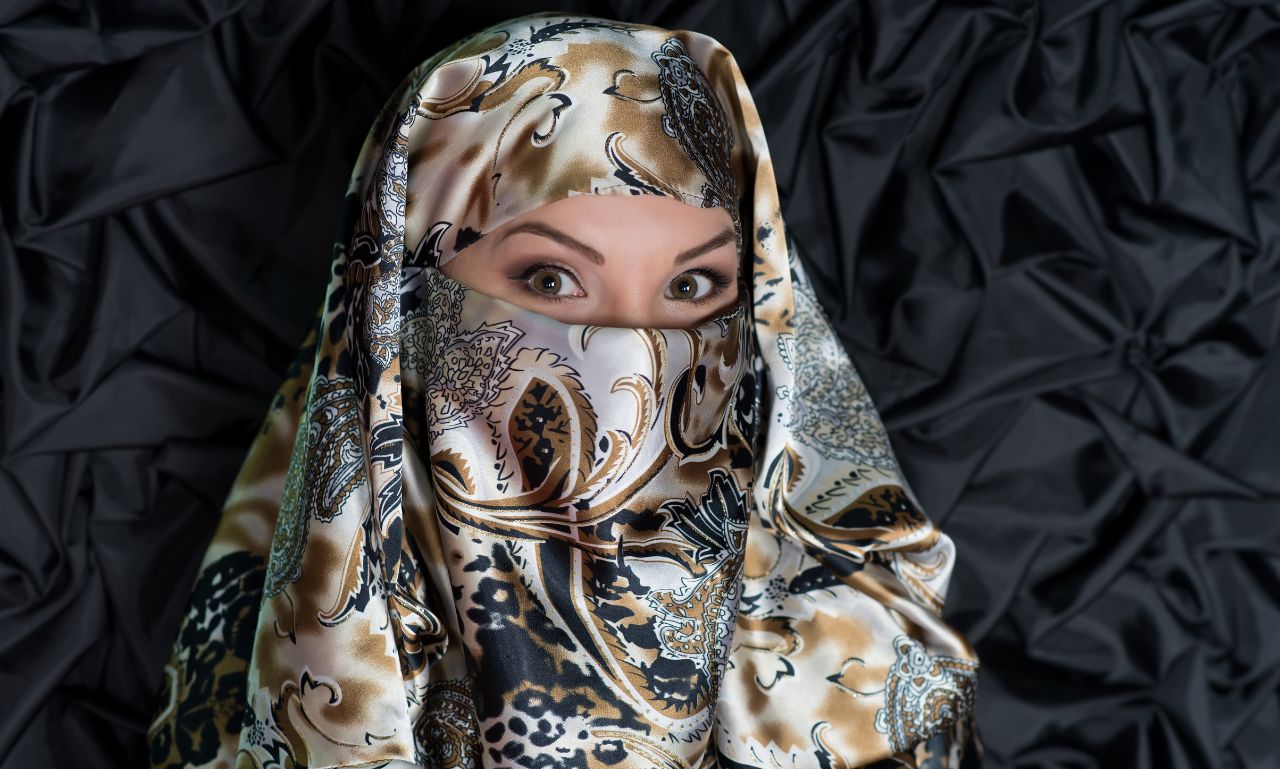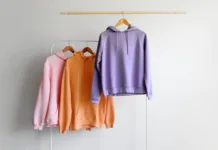Last Updated on February 26, 2025 by Used House Of Vintage
What should I wear now? One of the most common questions before taking a trip to Iran is precisely that related to clothing. Whether it’s for a do-it-yourself trip, an organized tour, or a business trip, before setting out to pack your suitcase, it is right to make a brief introduction. Iran is the Islamic Republic and as such respects Islamic norms regarding clothing. The dress code to observe is very simple for men and a little more complex for women, but nothing too complicated. Let’s see now a series of rules and practical advice on how to dress in Iran and how to do it correctly.
Must wear Iran women’s fashion
Iran women’s fashion must always include wearing a long coat/tunic over their regular clothes and are required to cover their heads with a scarf. It’s the law, and not only for women. Men should wear long pants and long-sleeved shirts too.
Unless you’re told that you can remove your scarf, don’t do it. You can’t remove your scarf in a restaurant or a hotel lobby, but you can in a bathroom and your own hotel room. While Iran is a conservative country and women need to be fully covered up at all times in public, it doesn’t mean that you need to dress like crap. When in doubt, do what the other Iranian women do.
1. Manteau
According to Islamic rules, women should cover their body shapes. The whole upper part, from the neck to the wrists down to mid-thigh. However, there is some flexibility regarding the 3/4 sleeves. As long as you cover your upper arm and neckline, that’s fine. Choose a manteau, cardigan, or long shirt that goes down to mid-thigh.
By following this recommended clothing you will not have any kind of problem with your outfit. For example, if you are planning to take a tour in the desert with a night in a tent, remember to opt for looser and more comfortable clothes and warm clothes to counteract the strong temperature range at night.
2. Hijab

The hijab is the veil belonging to the Islamic tradition worn by all women since puberty. In Iran, the use of the hijab is mandatory in public places for all Muslim and non-Muslim women, therefore also for all tourists. Depending on the seasons and contexts, a shawl, a foulard, a pashmina, or a scarf can be used to cover the head.
There are different ways to wear the veil in Iran: it is not necessary to cover the hair up to the forehead, in fact many women and girls leave part of their hair uncovered. This style is definitely more pronounced in big cities like Tehran and Esfahan. Regarding the style, there is no limit to the imagination: be it black, colored, or floral, choose the veil you prefer according to your taste.
3. Burqa
The use of the burqa is not present in Iran; the only form similar to a total veil can be found in the Hormozgan region in the south of the country. The women of this area wear mysterious masks called boregheh whose history dates back to ancient traditions different from all the others in Iran.
4. Chador
The chador is a veil that covers from head to toe that is generally used by the most religious women especially in rural areas or in the most devout cities. Usually, the chador is totally black but depending on the ethnic groups and areas it can also be colored and enriched with decorative motifs. As a tourist, the use of the chador is mandatory only during visits to the most sacred religious places to Shiites, such as the mausoleums with the tombs of the Imams: do not worry about having one with you, it will be kindly lent to you at the entrance of the sanctuary.
Top 4 women’s tips on what to wear in Iran
1. Plump for the colors accordingly
Finally, spring and summer are all about colors, from bright headscarves to colorful manteaus to flashy ballerina shoes. Autumn and winter are a bit more subdued color-wise. No law prevents you from wearing bright colors in winter though, as long as you follow the Iran dress code you are good to go.
You will see darker colors in Iran women’s clothes, especially during Muharram, the period of mourning for the death of Imam Hussain celebrated by Shia Muslims in Karbala, Iraq, with Arbaeen being on the 40th day of Ashura.
2. Cover-Up to the Thighs
Alongside the different hijab styles, Iran women’s fashion involves some more rules and tricks. Women are expected to wear a manteau that covers up to the thighs with trousers underneath.
Even though you are wearing trousers, you are required to cover up to your thighs. Be it summer or winter, no difference. Iran’s dress code for women always requires you to wear a longer tunic or shirt.
Winter is hardly an issue especially in cold cities like Tehran as you will definitely want to wear a coat. In spring and summer, you might prefer some lighter tunic, still the same length.
3. Choose to wear Leggings or Long Trousers
Forget mini skirts, skirts up to the knees, or, even worse, shorts. You always need to wear long trousers up to your ankles. They don’t need to be loose, they can be leggings, tight jeans, and whatever type of pants you are more comfortable with.
Fabric and color don’t really matter, as long as your legs are covered. Also for trousers, winter is always easier because the cold temperatures will make you want to dress more. Summer in Iran is pretty hot, so it might be harder. But if you are wearing loose linen trousers or cotton leggings, you will be fine.
In all honesty, you could also wear a long skirt as long as your ankles are covered. but not sure how comfortable this will be when sightseeing and going up and down staircases and landmarks. Make sure not to wear skirts up to the knee or longer with stockings, even if covering, as it’s not allowed.
4. No Short Sleeves for Women in Iran

Here too, be it summer or winter, women are not allowed to wear short-sleeves or sleeveless t-shirts. Sleeves need to be long or 3/4, also in summer.
Covering Up
Now that it is clear which clothes to wear and which ones to leave at home, it is right to remember that during the journey the best thing is to look around, follow your instincts and adapt to the context in which you are. In big cities like Tehran or Shiraz, you will see that fashion is a lively and ever-changing expressive vehicle, certainly a long way from the classic stereotype of a woman with a black chador. Here many Iranian women and girls are really demanding about their outfits and, while respecting the impositions, they have been able to create a fresh and contemporary style that has nothing to envy that of Milan or Paris.






